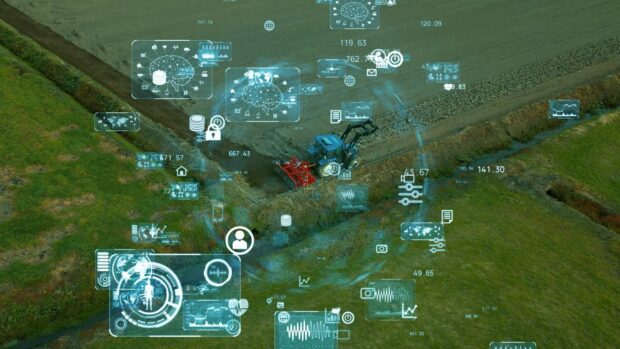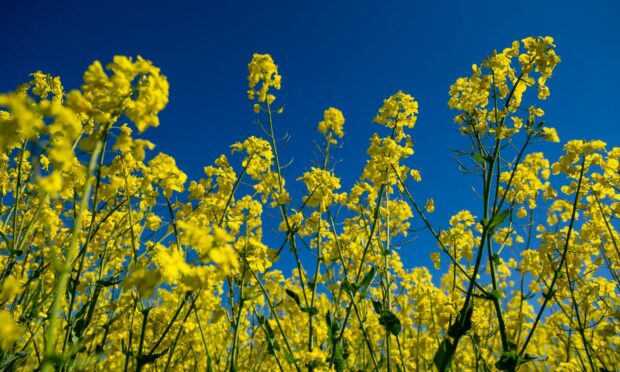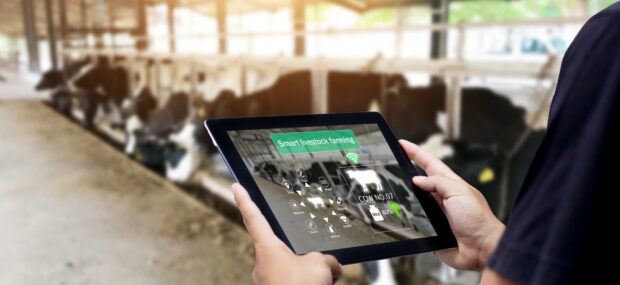Agri-tech developers need to work more closely with farmers and growers to understand how innovative technology can solve real-world farming problems, a new podcast documentary looking at the future of innovation in agriculture has warned.
Hannah Senior, chief executive of pollination control company PBS International, created the six-part Innovating AgTech podcast as part of a Nuffield Scholarship investigating the potential of innovative technology in agriculture.
Through speaking to agri-tech experts from across the world, she discovered that too few developers involve farmers in the early stages of innovation, meaning technology is not as useful as it could be.
And in some cases, developers don’t properly consider how an innovation will be used on-farm, meaning technology isn’t fit for purpose once it’s in the field.
One of the farmers featured in the podcast – Andrew Todd, an arable farmer from Western Australia – explains how he learned the hard way that agritech doesn’t always live up to developers’ claims.
Concerned about herbicide resistance in weeds, he invested about $90,000 AUD (£50,560) in a start-up company, whose technology captures weed seeds as crops are harvested, preventing them from returning to the seed bank.
Unfortunately, the trial didn’t go to plan; the unit couldn’t deal with the workload in the field, and the company’s engineers couldn’t offer the technical support Andrew needed.
Productivity dropped from 80-100ha/day without the technology, to only 650ha over 21 days with the kit, costing him nearly $300,000 AUD (£172,000) in oilseed rape losses.
“It was a hard lesson,” Andrew told the podcast.
“We needed the support, we needed boots on the ground, hands on the spanners, eyes on the problem, not a phone in my hand, in a paddock, with a dodgy reception.
“I’m not an engineer, and I’ve got other things I need to achieve. And we couldn’t get that… They didn’t have the resources.”
Thankfully, Andrew’s story has a bright ending.
Hannah said. “The following year he was given a new machine, and the mechanical issues he’d initially experienced were largely solved.
“But it’s an example of why it’s so important that developers understand the rigours their technology will be put through on farm, which requires collaboration and engagement from an early stage.”
Meanwhile, Craige Mackenzie of Vantage New Zealand, which supplies precision ag systems and training to farmers, told the podcast that many entrepreneurs develop technology without really understanding what farmers need.
What’s more, they often fail to involve farmers when they’re defining agricultural problems, meaning innovators miss valuable insight.
He said: “So often they are poles apart [in terms of] what they’ve designed and what farmers actually need.
“There’s a massive disconnect in that space and some of them don’t actually want to hear the bad bits, they just believe it works.”
Sarah Nolet, chief executive of Australian agri-tech strategy firm AgThentic, said the tensions between the entrepreneur’s ‘vision’ of their product, and what farmers actually want has to be addressed early through trials and structures that encourage regular feedback.
She said: “There are ways where you can learn about how the other side’s thinking and be in that environment that fosters collaboration.
“It’s through creativity and trials that we will be able to develop new technologies.”
All episodes of the Innovation AgTech podcast are available to download now from all podcast platforms.


